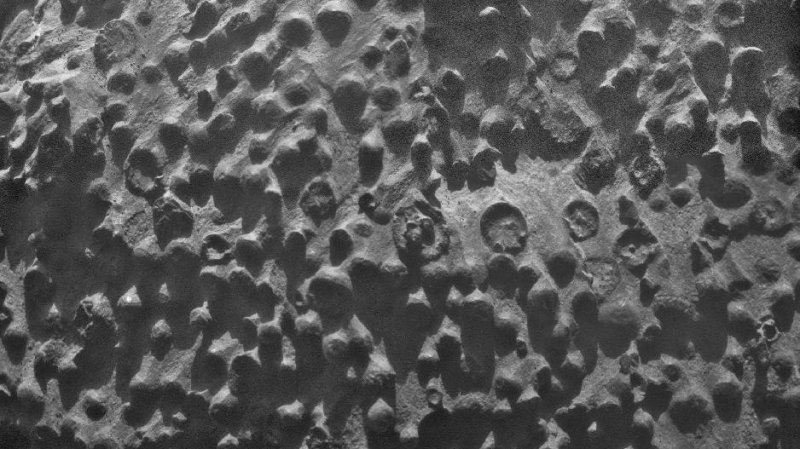PASADENA, Calif., Sept. 14 (UPI) -- NASA says researchers are struggling to identify and understand an image its long-lived rover Opportunity has returned of small spheres on the martian surface.
Spherical objects photographed at an outcrop Opportunity reached last week differ in several ways from iron-rich spherules -- nicknamed "blueberries" -- the rover found at its landing site in early 2004 and at many other locations since, NASA's Jet Propulsion Laboratory in Pasadena, Calif., reported Friday.















